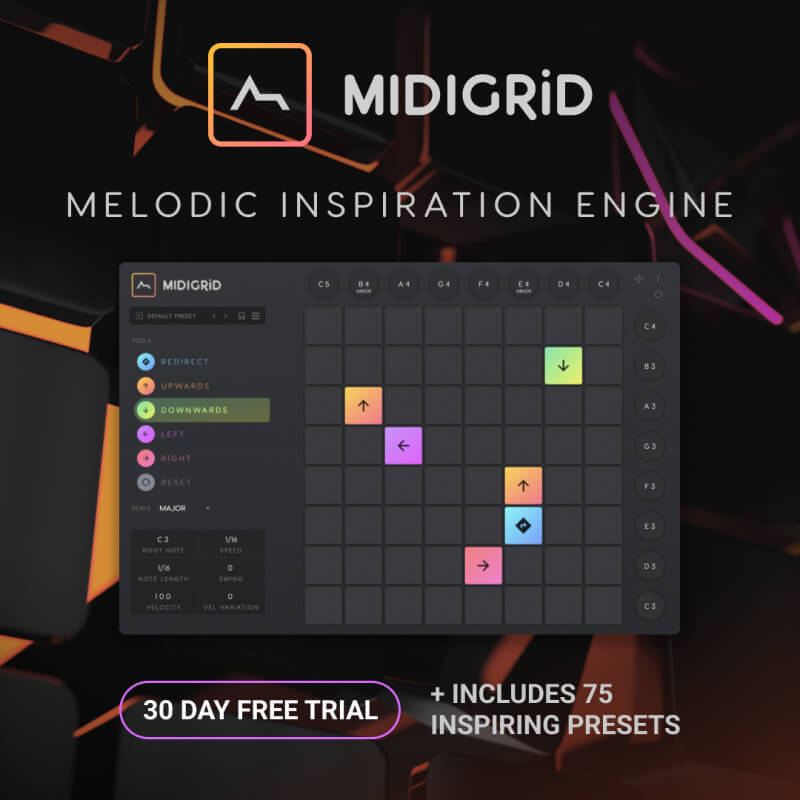Articles & Interviews
Granular Synthesis
Past week, this video has made the internet going nuts…
It’s been seen by millions of peoples and everyone now wants this machine called the “Collidoscope”…
Collidoscope is a new captivating, collaborative interactive sound environment. Starting by recording the world around you into Collidoscope like your voice, the old thumb piano or the crackling of a crisp packet, in the blink of an eye those become malleable material for your creativity.
Think of Collidoscope as a musical microscope that allows you to zoom into sounds and explore their beautiful peculiarities, and in the next moment, to play and perform your sonic discoveries like a musical instrument.
Collidoscope is designed to be explored in collaboration, and up to four participants can simultaneously collaborate as explorers, sound designers and performers.
Collidoscope has been developed by Ben Bengler and Fiore Martin. Bengler is a creative technologist, interaction designer, researcher and sound artist. His interactive works have been exhibited in major art museums and at international media art exhibitions.
Martin is a creative software developer and electronic music aficionado, who draws on an extensive experience in programming real-time audio, visuals and haptics. Both work at the Centre for Digital Music (C4DM) of Queen Mary University of London in Interactional Sound and Music (ISAM).
In fact, it is a sampler based on granular synthesis !
But what is exactly granular synthesis ?
We’ll quote Wikipedia :
Granular synthesis is a basic sound synthesis method that operates on the microsound time scale.
It is based on the same principle as sampling.
However, the samples are not played back conventionally, but are instead split into small pieces of around 1 to 50 ms.
These small pieces are called grains. Multiple grains may be layered on top of each other, and may play at different speeds, phases, volume, and frequency, among other parameters.
At low speeds of playback, the result is a kind of soundscape, often described as a cloud, that is manipulatable in a manner unlike that for natural sound sampling or other synthesis techniques.
At high speeds, the result is heard as a note or notes of a novel timbre. By varying the waveform, envelope, duration, spatial position, and density of the grains, many different sounds can be produced.
Both have been used for musical purposes: as sound effects, raw material for further processing by other synthesis or digital signal processing effects, or as complete musical works in their own right.
Conventional effects that can be achieved include amplitude modulation and time stretching. More experimentally, stereo or multichannel scattering, random reordering, disintegration and morphing are possible.
To go deeper and fully understand the basics of granular synthesis, we’ll redirect you to an excellent article by Sound On Sound but, first, we would like to show you one of the masters of granular synthesis, Mr Robert Henke aka Monolake and his Max 4 Live instrument called simply “Granulator” :
Sound On Sound “Granular Synthesis” :
